Benchtop Power Supplies
A benchtop power supply is a tool for testing and measuring circuit systems by providing direct current (DC) voltage (power) to the device under validation. It’s typically used by electrical engineers, circuit designers, and other professionals in similar lines of work.
There are a lot of factors to take into consideration when choosing a bench power supply, especially with regards to your situation and what you’re planning to use it for. Feel free to browse our available bench power supplies below or scroll further down to read our in-depth overview on choosing the best bench power supply.
Filters
Filters
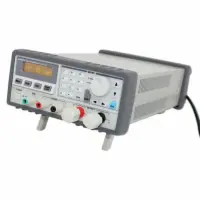
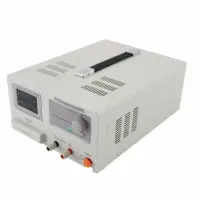
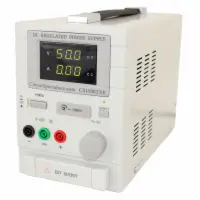
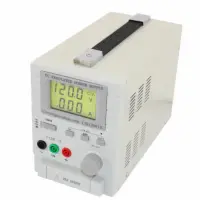
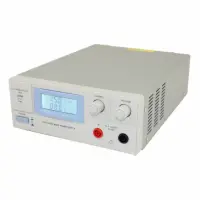
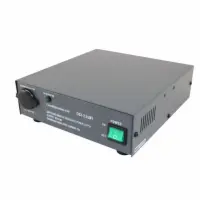
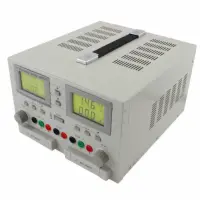
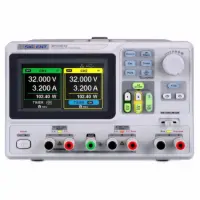
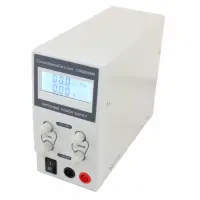
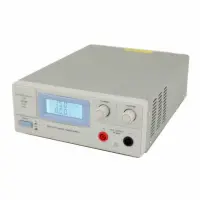
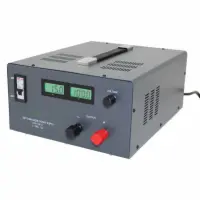
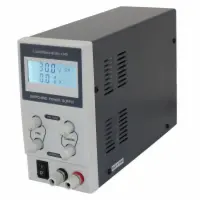
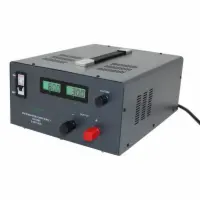
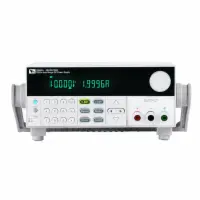
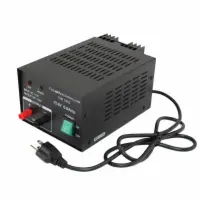
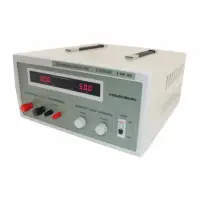
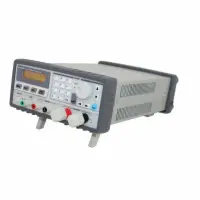
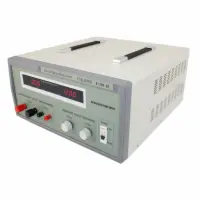
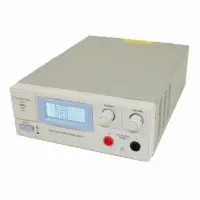
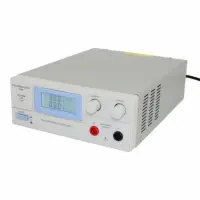
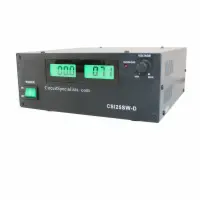
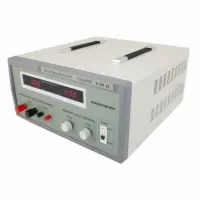
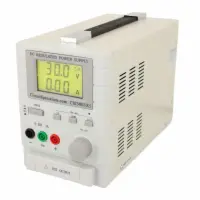
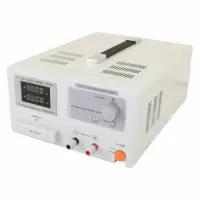
The size of a benchtop power supply varies depending on its make, model, and features. However, a majority of the industry-standard units are too heavy and clunky to be considered portable. They usually end up being a permanent setup or fixture on the engineer’s workstation or bench—hence the term “bench power supply” or “benchtop power supply.”
If your project needs to run at a specific voltage level, a benchtop power supply is an extremely useful piece of equipment to have on-hand. They are incredibly intuitive and come with a multitude of features that allow you to simulate virtually any scenario; fine voltage and current level control, built-in circuit protection, and multiple outputs—just to name a few.
Choosing a Bench Power Supply: An Overview
Below is a list of information covering any questions you may have in selecting a bench power supply:
Using a Bench Power Supply
Bench power supplies basically function like any other AC-DC converters, only at a higher level. They’re more intuitive and offer a lot more options for environment control and simulation. Think of an industry-standard variable power supply but with more powerful features.
Some bench power supply units have multiple outputs capable of powering different circuits simultaneously. Others can store pre-programmed outputs for instant recall and easy setup. Some models can even be controlled by an external computer.
But when it comes to operation, a bench power supply is largely different from other types of variable power supply units.
For one, a bench power supply is a more solid source of power. It also doesn’t interfere with circuit operation even when powering the circuit itself. For another, it allows you to adjust its DC output using both fine and coarse adjustments for more precision. Many bench power supply models also come with built-in safety systems like voltage limiting, core cooling, and automated temperature regulation—perfect for protecting both the user and the unit itself.
Bench Power Supply Modes: Constant Voltage & Constant Current
One of the best and most useful features of a bench power supply is its two modes of operation: constant voltage and constant current.
- Constant Voltage – set voltage values are maintained regardless of load resistance
- Constant Current – set current values are maintained regardless of load resistance
These two modes are extremely useful in situations that require you to test a circuit with limited external power and/or test an unstable circuit system that is at risk of damage when exposed to higher levels of power.
By using a bench power supply to test circuits, you can have different voltage levels powering different circuits or just different parts of the same circuit system. A lot of standard models have positive, negative, and ground voltage level output jacks for exactly this reason.
Overall, if you want to quickly troubleshoot, analyze, or validate an electrical device, a bench power supply is the tool to use. It’s a dependable, highly customizable, and variable power supply that provides clean, controlled power whenever you need it.
Different Types of Bench Power Supplies
Not all bench power supplies are exactly the same. There are six major types:
- Single Channel & Multi-Channel Power Supplies. A single channel bench power supply unit has exactly what its name suggests; one controllable output. Multi-channel, on the other hand, have two or more options for output. They’re also best for developing devices that have bipolar circuitry or both digital and analog circuitry.
- Bipolar & Unipolar Power Supplies. Bipolar variable power supply units are capable of functioning in both positive and negative voltage realms. This makes them capable of handling a more diverse range of practical power applications. However, this also makes them a lot pricier and a lot more complex compared to unipolar power supplies.
- Linear & Switching Power Supplies. Something to note about linear power supplies: they’re capable of generating high-accuracy measurements with minimal signal interference. However, their size makes it difficult for them to be as efficient as switching power supplies. Switching power supplies—despite being a little messier and a lot less accurate—can deliver high levels of power in a more compact, energy-saving form.
What to Look For in a Bench Power Supply
A bench power supply acts as a temporary third-party power source that you can customize—to an extent—to suit whatever project you’re working on. It’s therefore crucial that you get one that fulfills your needs. For instance, if you’re using it for intense fieldwork or industrial electrical jobs, you’ll definitely need something with a lot of juice. However, for hobbies or casual at-home projects, anything with a voltage level of more than 120 might be overkill.
So here’s what to consider when choosing a bench power supply:
Current Limiting Control – this is a great feature to have on your unit if you’re a beginner. The current limiting control intuitively set a current ceiling to prevent your power supply and its components from potential surges or overheating.
Load Regulation – oftentimes the load will change while the project is running. A bench power supply should have a load regulation feature that indicates how well the output voltage or output current can remain constant when these changes happen. You definitely want a model that can retain consistency pretty well.
Line Regulation – like load regulation, line regulation refers to the unit’s ability to maintain steady output voltage or output current despite changes that happen mid-project. The difference is that the line regulation refers to stability that is maintained while the AC line input voltage and frequency continue to vary.
Output Channels – you ideally want two (2) output channels for your bench power supply. Three or more would be good for more industrial projects, one might be too inefficient. Two output channels is a solid middle ground.
Ripple & Noise – most any variable power supply will experience Periodic and Random Deviations (PARD). In terms of AC on the output, a “ripple” is a periodic occurrence. “Noise” is a random manifestation.
Readback Accuracy – this determines the accuracy of the output voltage’s theoretical value; in other words, how close the internally-measured values are to the presets.
Stability – this refers to your bench power supply’s performance over time. As the unit ages, it will require more maintenance. The intensity of the maintenance will be dictated by the unit’s stability.
Examples of Bench Power Supplies
If you’re thinking of choosing a bench power supply for yourself but don’t know where to start, we can recommend several incredibly efficient and user-friendly models.
First up, you have the programmable CSI305DB 30 Volt DC 5.0 Amp power supply. Great for scientific research, electronic production, computer repair, laboratory work, and/or product development.
The CSI305DB is a strong, highly reliable bench power supply that features an ergonomic design, intuitive controls, and three (3) independent terminals. Aside from its programmable nature and compact footprint, this model also comes with a 4-digit, easy-to-read display and memory to store up to 60 values. This makes it easy to program and pre-set values for current and voltage.
The current protection knobs are easy to adjust within nominal range values.
Combined with the unit’s improved overload protection circuit and built-in SMT (Surface Mount Technology), the CSI305DB 30V DC bench power supply is a robust model ideal for demanding industrial use.
Next, we have a triple output model; the CSI305 30 Volt DC 5.0. It’s ideal for product development, laboratory work, teaching, and electronics production.
This 30 Volt benchtop power supply comes with a number of useful features that make it ideal for both rigorous production lines and everyday laboratory use. It has two continuously-adjustable output channels (for current and voltage) and one fixed output channel.
Other notable features include a 4-digit large screen LCD display, built-in adjustment knobs—both fine and coarse—for achieving exact desired output, and internal cooling fan to keep temperatures low and prolong machine life.
The CSI305 model has three different modes for output voltage and current: the Independent Operations Mode, the Series Tracking Mode, and the Parallel Tracking Mode.
- Independent Operations: allows for 2ea. at 0-30V 0-5A output voltage and current
- Series Tracking: allows a max output voltage at 60V with a max output current of 5A
- Parallel Tracking: allows a max output voltage value of 30V with a max output current of 10A
Overall, this is a fully regulated, ruggedly-built power supply with features that make for accurate reading and diverse potential.
Lastly, you have the CSI1802X Linear Bench Power Supply. It works well for test benches, school facilities, and laboratory teaching/testing.
Portable, adjustable, and fully regulated, the CSI1802X is a linear bench power supply that provides up to 18 volts and 2.0 amps of stable DC power. Its voltage and current control knobs are mounted at the front for easy access and quick, precise input. You can easily double-check the numbers on the bright LCD display. The output devices are mounted on a large heat sink in the rear to allow for thermal stability. Other built-in safety measures include the overload protection circuit, multi-loop high precision voltage regulation, and progressive current regulation.
The CSI1802X model in particular also features front-mounted terminals that accept banana plugs for DC power and a multi-loop voltage regulation for high precision.



